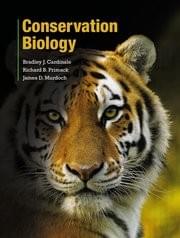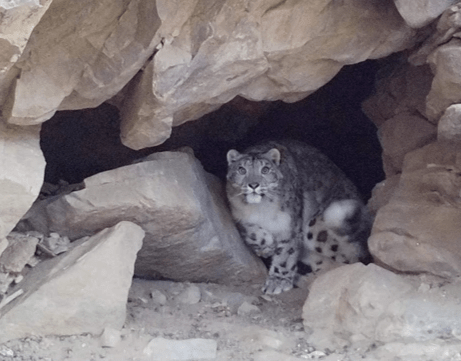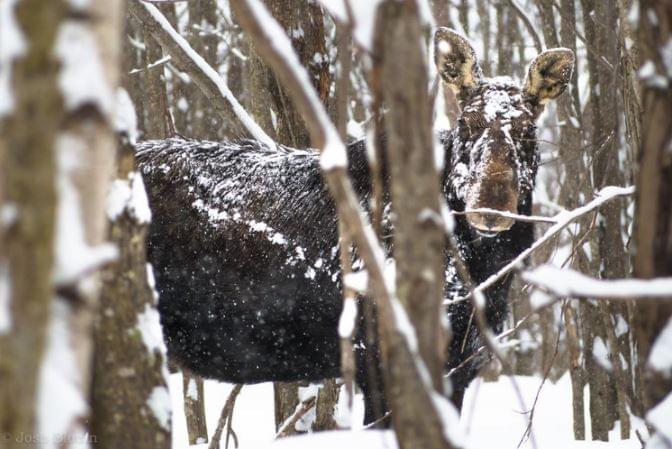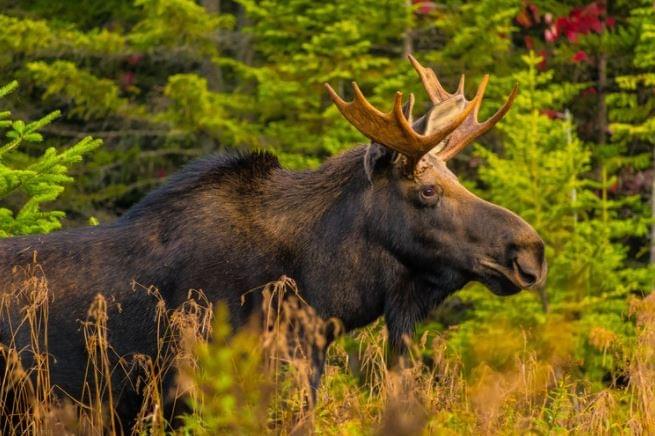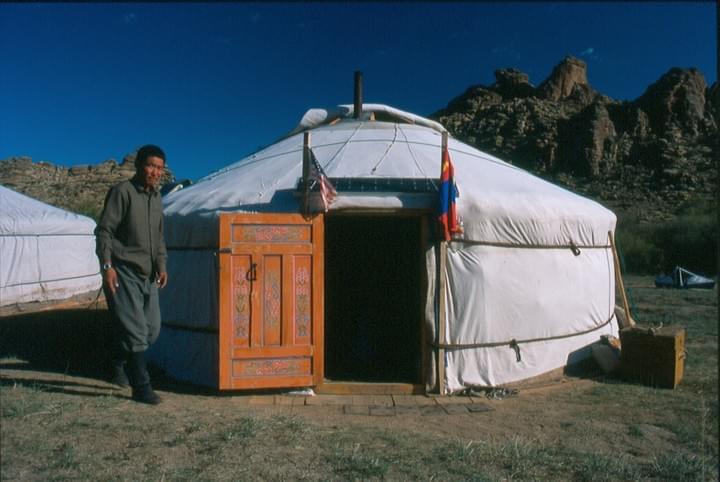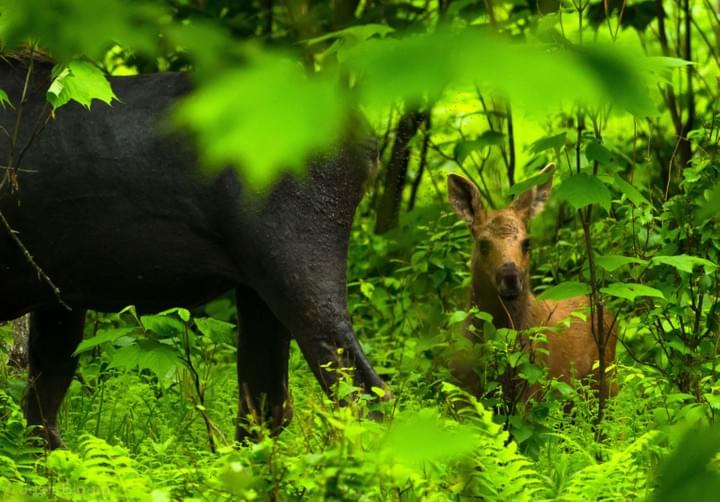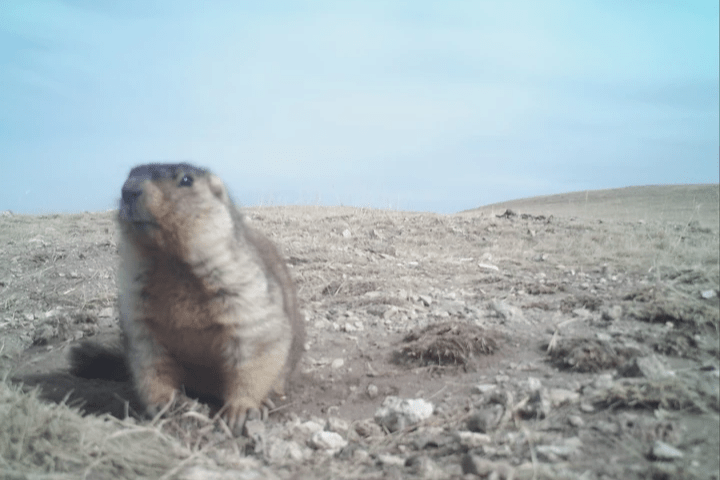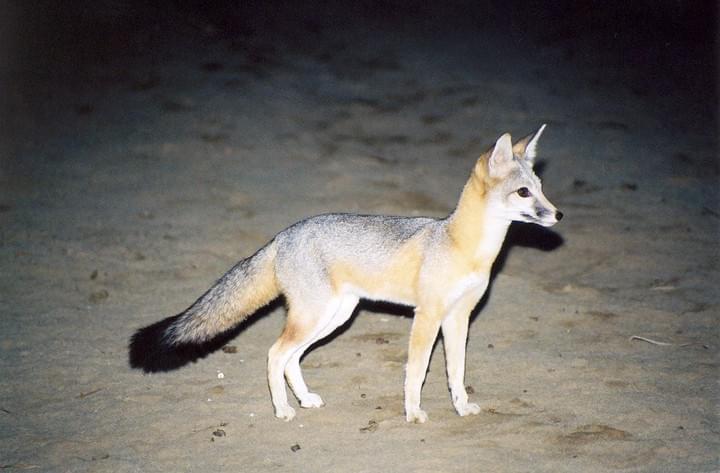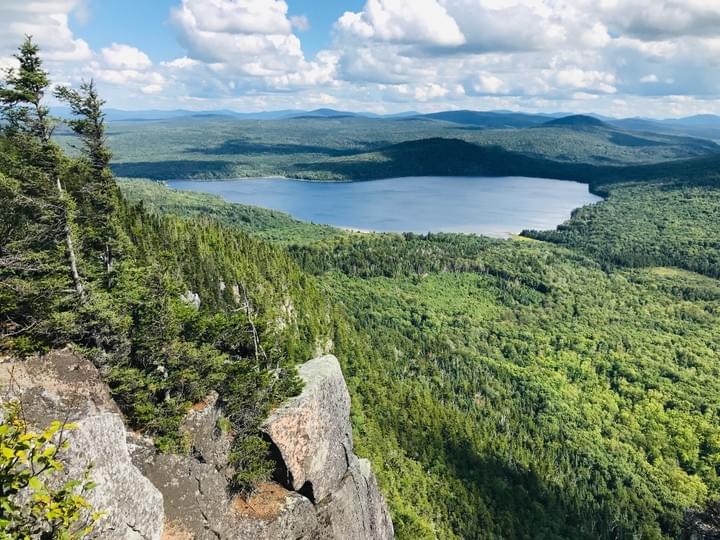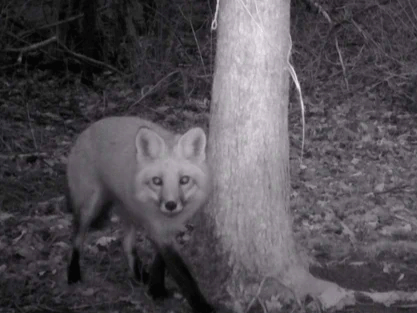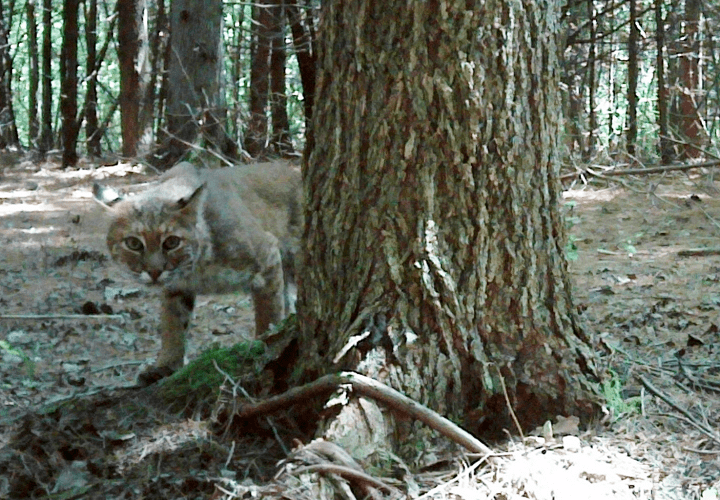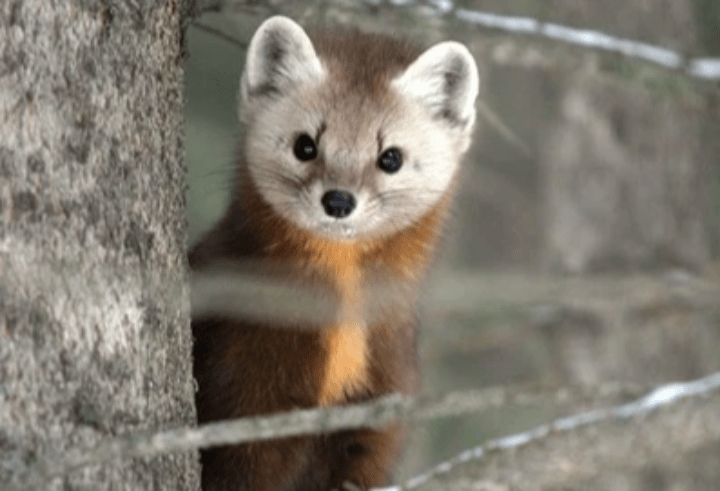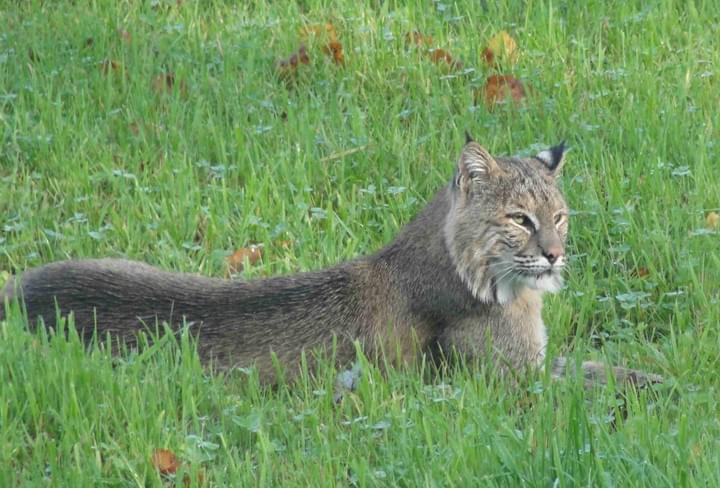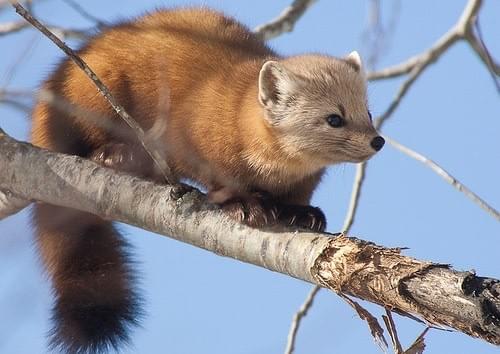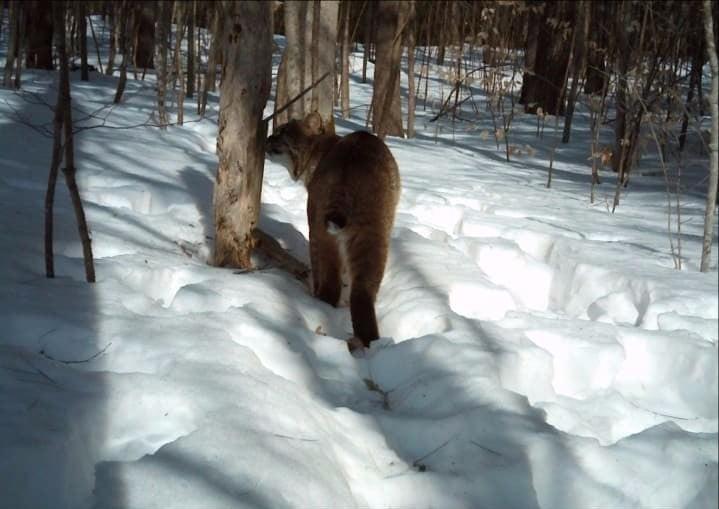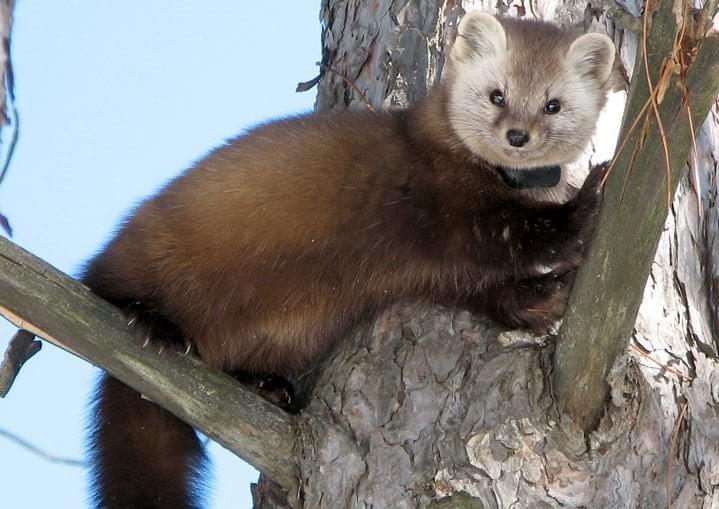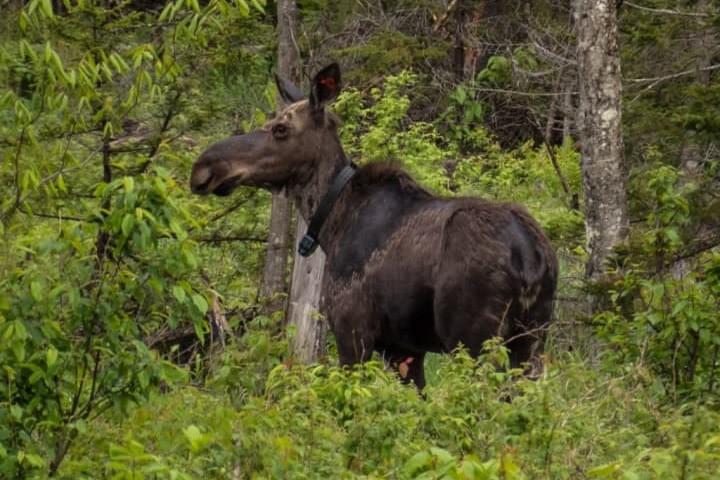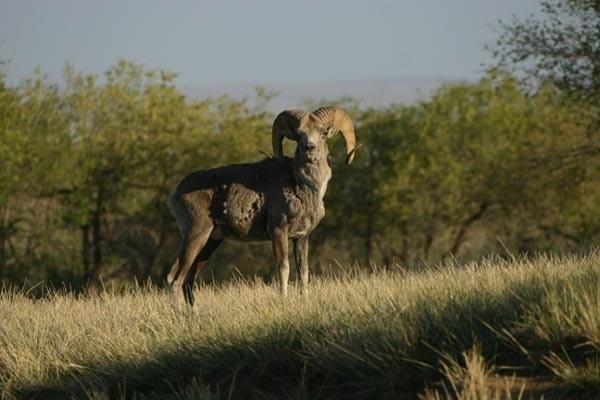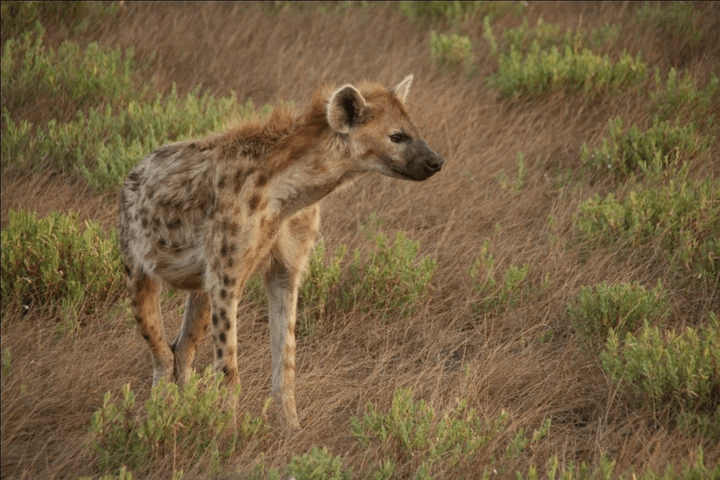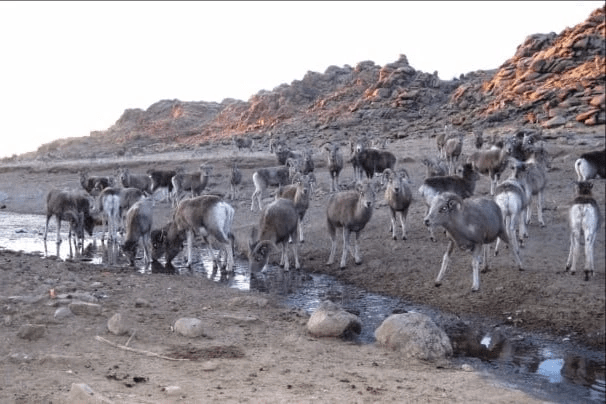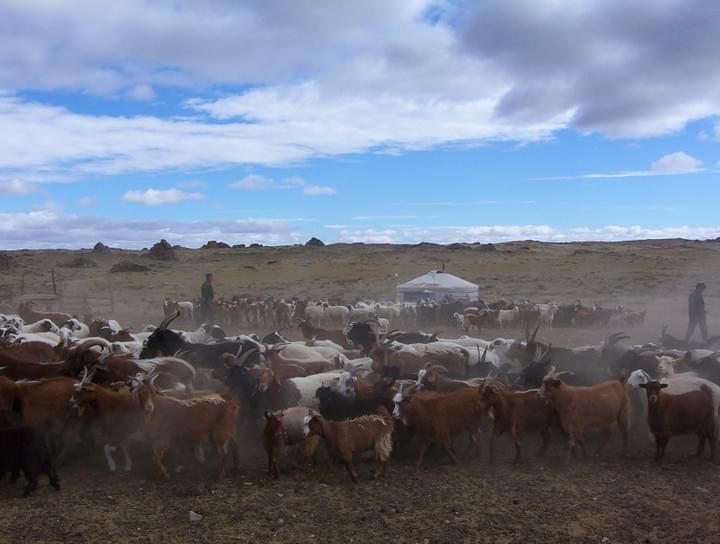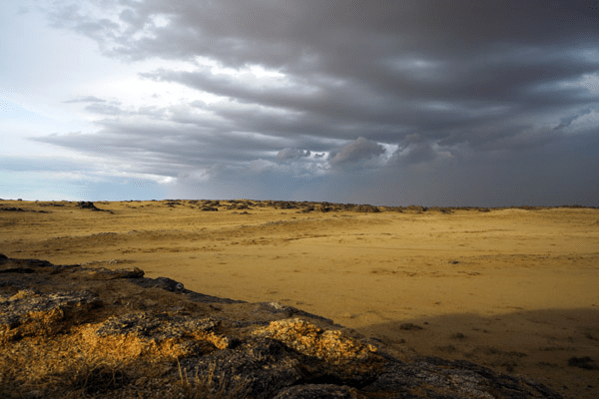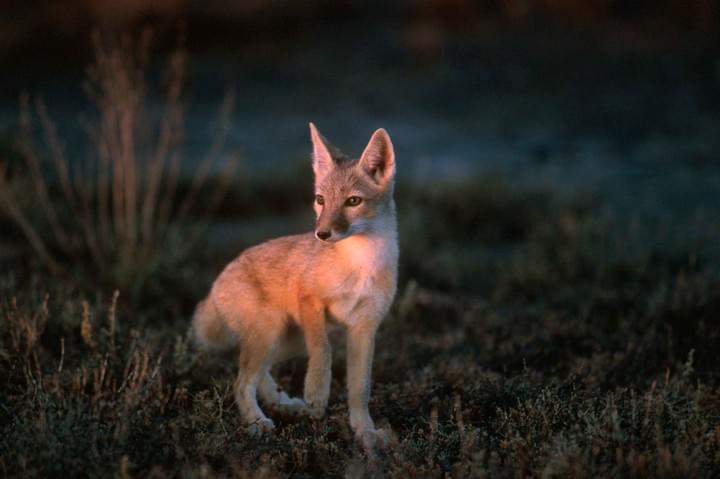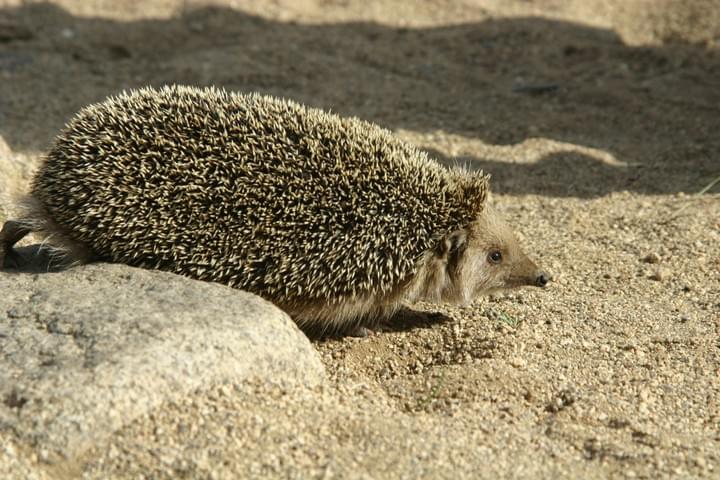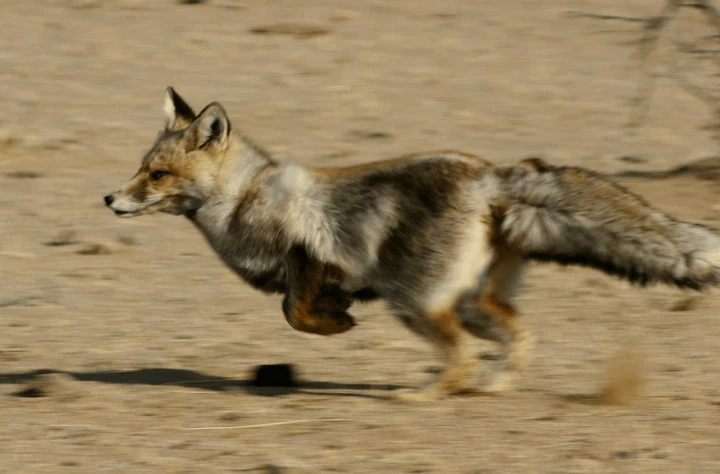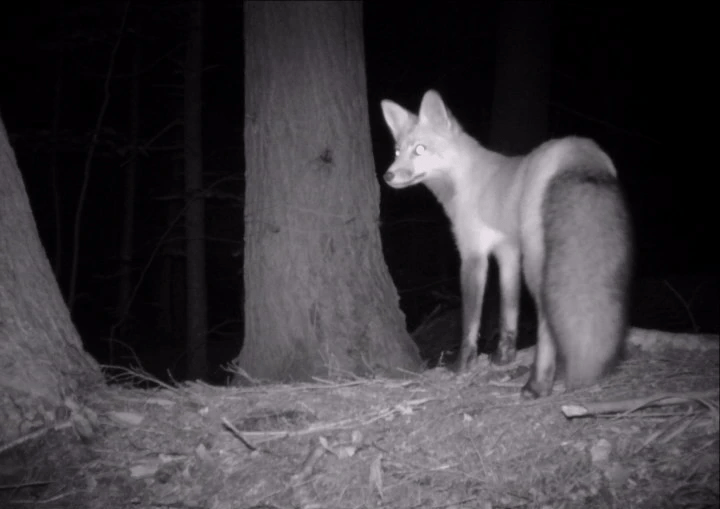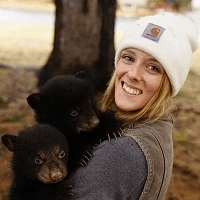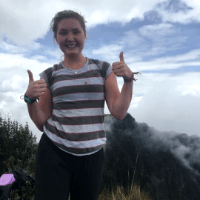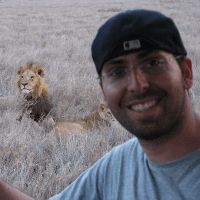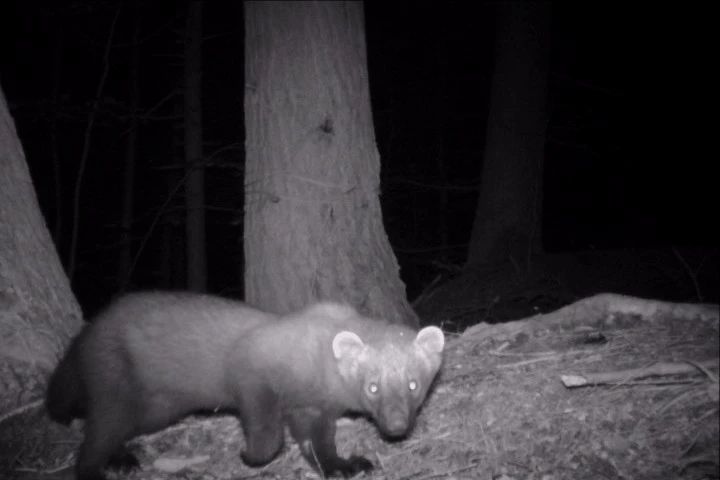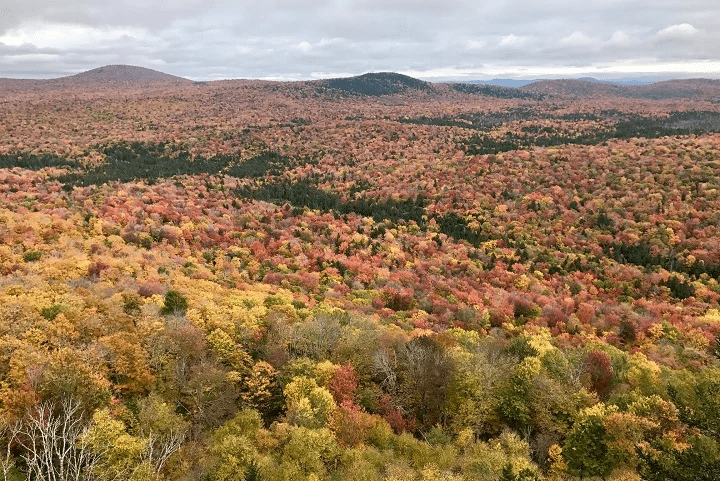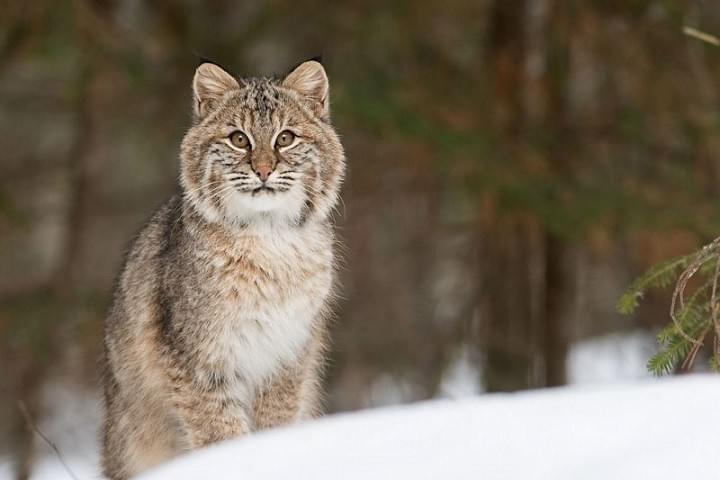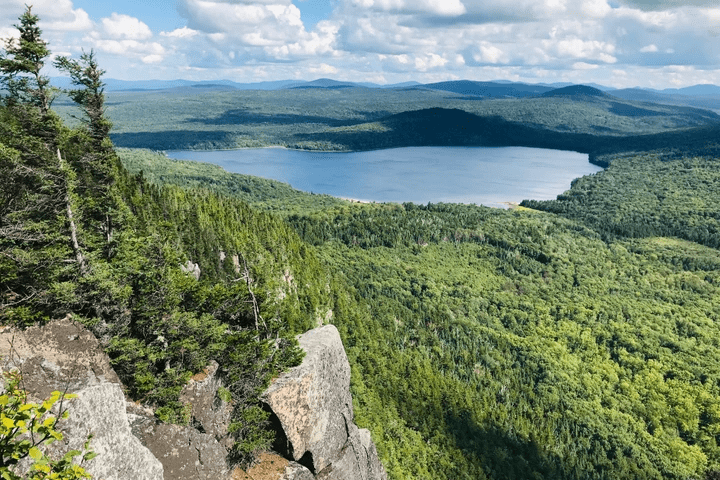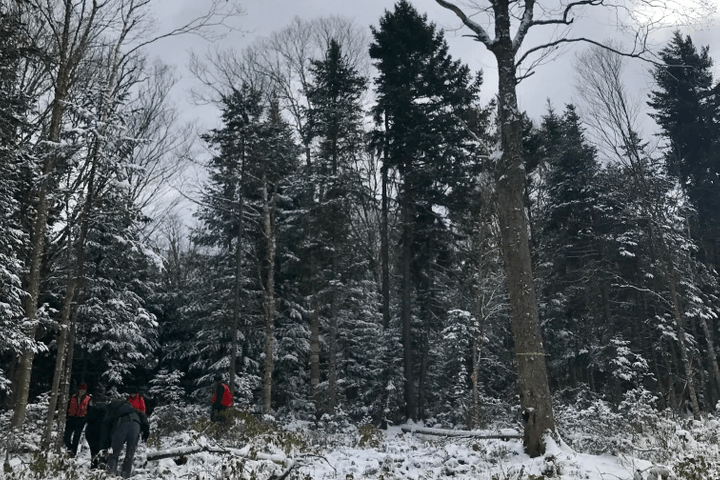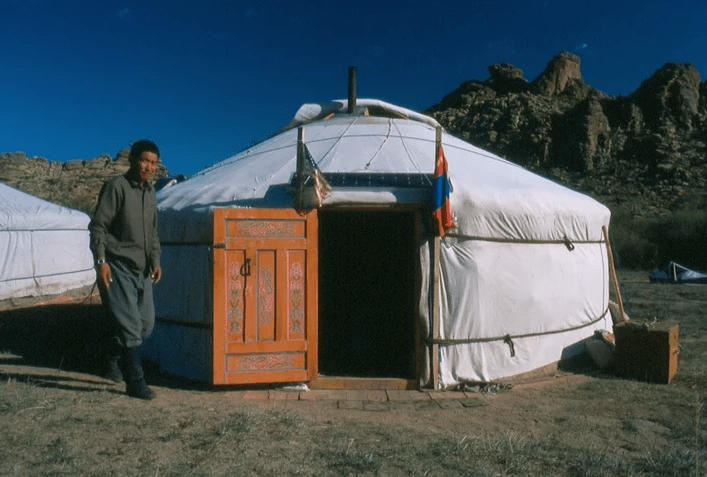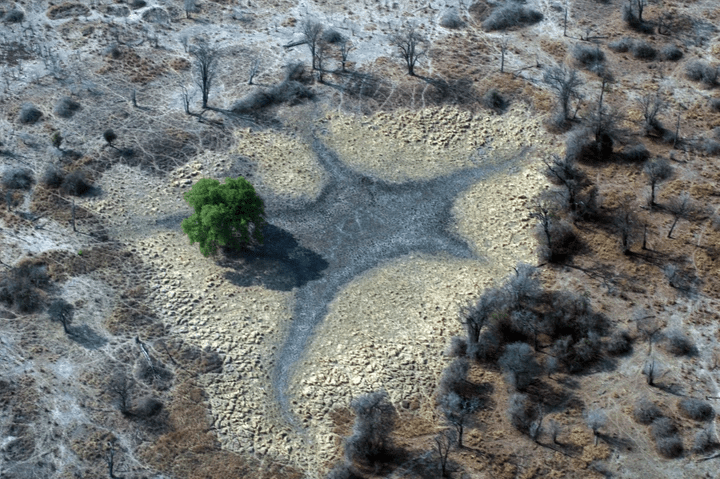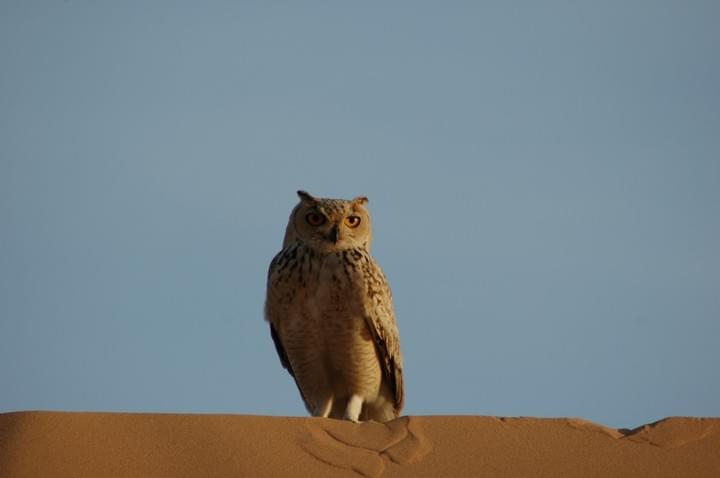
James D. Murdoch
Professor | Wildlife Biology
University of Vermont
Welcome and thanks for visiting!
James (Jed) D. Murdoch | University of Vermont

About
Position & Background
I am a wildlife biologist and Professor in the Wildlife & Fisheries Biology program in the Rubenstein School of Environment and Natural Resources at the University of Vermont (USA). My position involves conducting research, teaching and mentoring students, and service to the community and profession. I am also a Fellow at the Gund Institute for Environment.
I am originally from Vermont and joined the University of Vermont in 2009. I earned a BA (Biology) from Colorado College, MS (Biological Sciences) from University of Denver, and DPhil (Zoology - Wildlife Conservation Research Unit) from University of Oxford.

Research
Aims & Interests
My research interests focus on the behavior and ecology of wildlife with an emphasis on their management and conservation. Much of my experience has focused on large mammals, including carnivores and ungulates, and explored questions related to abundance and distribution, landscape connectivity, habitat selection, prey use, and demography. I am also interested in understanding how human activities affect wildlife. For example, how do activities such as landscape development, climate change, and hunting/poaching affect wildlife populations? I use a combination of field studies, experimentation, and modeling to address these questions in a variety of areas including here in Vermont, but also Africa and Asia.

Teaching
Wildlife Biology & Conservation
I teach undergraduate and graduate courses at the University of Vermont. Courses include those focusing on conservation biology, wildlife behavior, ecology, and management. I also teach methods courses in estimating species abundance and distribution. Course numbers include: WFB 150, WFB 224, WFB 275, WFB 283, WFB 295, WFB 387, and NR 103.

Service
Supporting Conservation
I serve on the Board of Trustees of The Nature Conservancy - Vermont. TNC has been active in Vermont for over 50 years and is an effective, science-based organization with an outstanding record of conservation success. I am also a member of the Vermont Scientific Advisory Group for Mammals, which provides scientific advice to the State of Vermont, and IUCN SSC Canid Specialist Group.
News
Recent updates
The Nature Conservancy of Vermont (6/10/2023)
Happy to share that I will be serving as chair of the Board of Trustees of The Nature Conservancy of Vermont beginning this summer. I am thrilled to be working with such a talented group of professionals at TNC and look forward to supporting their conservation efforts in Vermont.
Snow leopard occurrence in INNR (1/30/2023)
Excited to announce a new publication about the occurrence of snow leopard in Ikh Nart Nature Reserve and the implications for conservation. Details can be found in: Wingard, G., R. Oyunbat, J. Zebrowski, R. Reading, E.Garroutte, A. Tumurbaatar, B. Otgongotob, B. Nyamsuren, and J. Murdoch. 2023. A new snow leopard record reflects the value of remote protected areas for connectivity. Oryx, doi:10.1017/S003060532200120X.
Moose genetics (1/1/2023)
I am pleased to announce a new forthcoming paper lead by Elias Rosenblatt on the regional genetics of moose across the northeastern US and Canada: Rosenblatt,E., K. Gieder, T. Donovan, J. Murdoch, T. Smith, M. Heaton,T. Kalbfleisch, B. Murdoch, S. Bhattarai, E. Pacht, E. Verbist, V. Basnayake, S. McKay. Accepted/forthcoming. Genetic diversity and connectivity of moose (Alces alces americana) in eastern NorthAmerica. Conservation Genetics.
Conservation Biology, 2nd edition (6/10/22)
Thrilled to announce that we will be developing a second edition of our Conservation Biology textbook for Oxford University Press. The book will include several new updates and expanded video exercises and challenge problems. Due out in the fall of 2024!
Coyotes in Cape Cod (6/9/2022)
Pleased to announce a new grant with the National Park Service (Inventory and Monitoring Division) to study coyotes in the Cape Cod National Seashore. Specifically we will be investigating questions related to coyote density in and around the park using genetic techniques.
*Update (7/2/2022): For details on applying to join the project as a graduate student, please see our position description on the Texas A&M Wildlife Jobs Board.
Research projects
A snapshot of current projects
Coyote ecology in
Cape Cod National
Seashore
Massachusetts, USA
Rabies vaccination
strategies for wildlife
Vermont USA
Moose survival,
reproduction,
habitat use,
connectivity,
and genetics
Vermont and Northeastern USA
Integrating genetic
and ecological data to
map wildlife connectivity
Northeastern USA
Wildlife and road
crossing structures
Vermont USA
American marten
genetics and
distribution
Northeastern USA
Effects of landscape
change on
carnivores
Mongolia
Sustainable
cashmere production
for wildlife and people
Mongolia
Publications
A selection of recent articles | Google Scholar profile
Conservation Biology, 1st edition
Global
Cardinale, B., R. Primack, and J. Murdoch. Conservation Biology, 1st edition, Oxford University Press, Oxford, UK.
Snow leopard occurrence
Mongolia
Wingard, G., R. Oyunbat, J. Zebrowski, R. Reading, E.Garroutte, A. Tumurbaatar, B. Otgongotob, B. Nyamsuren, and J. Murdoch. 2023. A new snow leopard record reflects the value of remote protected areas for connectivity. Oryx.
Moose survival
Vermont USA
Debow, J., J. Blouin, E. Rosenblatt, C. Alexander, K. Gieder, W. Cottrell, J. Murdoch, and T. Donovan. 2021. Effects of winter ticks and internal parasites on moose survival in Vermont, USA. Journal of Wildlife Management 85:1423-1439.
Moose stress and nutrition
Vermont USA
Rosenblatt, E., J. Debow, J. Blouin, T. Donovan, J. Murdoch, S. Creel, W. Rogers, K. Gieder, N. Fortin, and C. Alexander. 2021. Juvenile moose stress and nutrition dynamics related to winter ticks, landscape characteristics, climate-mediated factors and survival. Conservation Physiology 9:coab048.
Hunting, climate, and pastoralism
northern asia
Taylor, W., I. Hart, C. Pan, J. Bayarsaikhan, J. Murdoch, G. Caspari, M. Klinge, K. Pearson, U. Bikhumar, S. Shnaider, A. Abdykanova, B. Bittner, M. Zahir, N. Jarman, M. Williams, D. Pettigrew, M. Petraglia, C. Lee, E. Dixon, and N. Boivin. 2021. High altitude hunting, climate change, and pastoral resilience in eastern Eurasia. Scientific Reports 11:14287.
Moose habitat selection
Vermont usa
Blouin, J., J. DeBow, E. Rosenblatt, J. Hines, C. Alexander, K. Gieder, N. Fortin, J. Murdoch, and T. Donovan. 2021. Moose habitat selection and fitness consequences during two critical winter tick life stages in Vermont, United States. Frontiers in Ecology and Evolution 9:642276.
Marmots as ecosystem engineers
mongolia
Buyandelger, S., B. Otgonbayar, B. Bayartogtokh, and J. Murdoch. 2021. Ecosystem engineering by endangered Mongolian marmots supports darkling beetles. Mammalian Biology.
Kit fox occupancy in an epizootic
California usa
Deatherage, N., B. Cypher, J. Murdoch, T. Westall, E. Kelly, and D. Germano. 2021. Urban landscape attributes affect occupancy patterns of the San Joaquin kit fox during an epizootic. Pacific Conservation Biology, https://doi.org/10.1071/PC20059.
Wildlife resistance to change
northeastern usa
Pearman-Gillman, S., M. Duveneck, J. Murdoch, and T. Donovan. 2020. Wildlife resistance and protection in a changing New England landscape. PLoS ONE 15(9): e0239525.
Wildlife and landscape change
northeastern usa
Pearman-Gillman, S., M. Duveneck, J. Murdoch, and T. Donovan. 2020. Drivers and consequences of alternative landscape futures on wildlife distributions in New England, United States. Frontiers in Ecology and Evolution 8:164 doi: 10.3389/fevo.2020.00164.
Wildlife distribution patterns
northeastern usa
Pearman-Gillman, S., J. Katz, R. Mickey, J. Murdoch, and T. Donovan. 2020. Predicting wildlife distribution patterns in New England USA based on expert elicitation techniques. Global Ecology and Conservation 21:e00853.
Marten gene flow
northeastern usa
Aylward, C., J. Murdoch, C. W. Kilpatrick. 2020. Multiscale landscape genetics of American marten at their southern range periphery. Heredity 124:550-561.
Wildlife & landscape development
Vermont usa
Espenshade, J., J. Murdoch, T. Donovan, R. Manning, C. Bettigole, and J. Austin. 2018. Public acceptability of development in the Northern Forest of Vermont, USA – the influence of wildlife information, recreation involvement, and demographic characteristics. PLoS ONE 13(12): e0203515.
Marten population genetics
Northeastern usa
Aylward, C., J. Murdoch, and C. W. Kilpatrick. 2019.
Genetic legacies of translocation and relictual populations of American marten at the southeastern margin of their distribution. Conservation Genetics 20:275-286.Bobcat habitat selection
Vermont USA
Abouelezz, H., T. Donovan, J. Murdoch, R. Mickey, M. Freeman, and K. Royar. 2018. Landscape composition mediates movement and habitat selection in bobcats (Lynx rufus): Implications for conservation planning. Landscape Ecology 33:1301-1318.
Marten distribution & connectivity
Northeastern usa
Aylward, C., J. Murdoch, T. Donovan, C. W. Kilpatrick, and C. Bernier. 2018. Estimating distribution and connectivity of recolonizing American marten in the northeastern United States using expert elicitation techniques. Animal Conservation 21:483-495.
Moose genetic tool
North america
Kalbfleisch, T. S., B. M. Murdoch, T. P. L. Smith, J. D. Murdoch, M. P. Heaton, and S. D. McKay. 2018. A SNP resource for studying North American moose. F1000Research 7:40. https://doi.org/10.12688/f1000research.13501.1
Argali and ecosystem services
Mongolia
Murdoch, J., R. Reading, S. Amgalanbaatar, G. Wingard, and B. Lkhagvasuren. 2017. Ecological interactions shape the distribution of a cultural ecosystem service: argali sheep (Ovis ammon) in the Gobi-Steppe of Mongolia. Biological Conservation 209:315-322.
Wildebeest, zebra, oribi density
zambia
M’soka, J., S. Creel, M. Becker, and J. Murdoch. 2017. Ecological and anthropogenic effects on the density of migratory and resident ungulates in a human-inhabited protected area. African Journal of Ecology 55:618-631.
Argali corridor mapping
MONGOLIA
Murdoch, J., R. Reading, S. Amgalanbaatar, G. Wingard, and B. Lkhagvasuren. 2017. Argali sheep (Ovis ammon) movement corridors between critical resources in Ikh Nart Nature Reserve, Mongolia. Mongolian Journal of Biological Sciences 15:3-11.
Argali, wolves, and pastoralists
Mongolia
Ekernas, L. S., W. M. Sarmento, H. S. Davie, R. P. Reading, J. Murdoch, G. J. Wingard, S. Amgalanbaatar, and J. Berger. 2017. Desert pastoralists' negative and positive effects on rare wildlife in the Gobi. Conservation Biology 31:269-277.
Developing a model reserve
Mongolia
Reading, R., J. Murdoch, S. Amgalanbaatar, H. Davie, M. Jorgensen, D. Kenny, T. Munkhzul, G. Onloragcha, L. Rhodes, J. Schneider, T. Selenge, E. Stotz, S. Buyandelger, E. Tuguldur, and G. Wingard. 2016. From "paper park" to model protected area: transformation of Ikh Nart Nature Reserve, Mongolia. IUCN Parks 22.2:25-38.
Corsac foxes and habitat loss
Mongolia
Lkhagvasuren, M., J. Murdoch, T. Munkhzul, and A. Strong. 2016. Predicting the effects of habitat loss on corsac fox occupancy in Mongolia. Journal of Mammalogy 97:1153-1163.
Hedgehog radio-telemetry
Mongolia
Reading, R., D. Kenny, J. Murdoch, and S. Batdorj. 2016. Use of dental restorative temporization material for attaching radiotransmitters to hedgehogs. Wildlife Society Bulletin 40:355-358.
Red fox distribution
Mongolia
Murdoch, J., H. Davie, M. Galbadrah, and R. P. Reading. 2016. Factors influencing red fox occupancy probability in central Mongolia. Mammalian Biology 81:82-88.
Red fox phylogeny
Global
Statham, M., J. Murdoch, J. Janecka, K. Aubry, C. Edwards, C. Soulsbury, O. Berry, Z. Wang, D. Harrison, M. Pearch, L. Tomsett, J. Chupasko, and B. Sacks. 2014. Range-wide multilocus phylogeography of the red fox reveals ancient continental divergence, minimal genomic exchange and distinct demographic histories. Molecular Ecology 23:4813-4830.
Graduate students
Current students and their projects
Koryna Boudinot
M.S. program
Koryna's research focuses on coyotes in Cape Cod National Seashore, and will lead to estimates of density and occupancy across the park. The project is funded by National Park Service Inventory and Monitoring Program and in partnership with the Cape Cod National Seashore.
Caitlin Drasher
Ph.D. program
Caitlin's research focuses on estimating landscape connectivity for wildlife using genetic and ecological information. The project is supported by the Northeastern States Research Cooperative and is in partnership with the US Forest Service (GMNF), VFWD, NFGD, and MDIFW.
Maggie Batton
M.S. program
Maggie's project focuses on rabies vaccination strategies in Vermont in partnership with the USDA APHIS Wildlife Services National Rabies Management Program, National Wildlife Research Center, and Vermont Wildlife Services operational program.
Collaborators
Research partners
Vermont Fish
and Wildlife Department
USA
A main partner for research in Vermont and northeastern US is the Vermont Fish & Wildlife Department of the VT Agency of Natural Resources.
Vermont Agency of Transportation
USA
A main partner for research on roads, wildlife, and landscape connectivity in Vermont is research department of VTRANS.
The Nature Conservancy of Vermont
USA
A main partner for research on roads, wildlife, and landscape connectivity in Vermont is the The Nature Conservancy of Vermont.
USDA Forest Service - Green Mountains
Vermont
A main partner for an NSRC research grant for modeling and mapping wildlife connectivity is the US Forest Service - Green Mountain and Finger Lakes National Forests.
USDA APHIS Wildlife Services
Vermont
Partners in rabies management research include the National Rabies Management Program, National Wildlife Research Center, and the Vermont Wildlife Services operational program.
Mongolian Academy of Sciences
Mongolia
A main partner for research in Asia is the Mongolian Academy of Sciences Institute of General and Experimental Biology, Mammalian Ecology Laboratory.
Denver
Zoological Foundation
USA & Mongolia
A main partner for research in Ikh Nart Nature Reserve, Mongolia is the Field Conservation Department at the Denver Zoological Foundation in the US.
Zambian
Carnivore Programme
Zambia
A main partner for research in Africa is the Zambian Carnivore Programme that works country-wide on carnivore conservation issues.
US National Park Service Inventory & Monitoring
USA
The NPS Inventory and Monitoring Program is the funder and main collaborator on the coyote project in Cape Cod.
Contact
+1 (802) 656-2912 | jmurdoch@uvm.edu
James D. Murdoch © 2023





